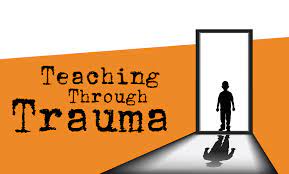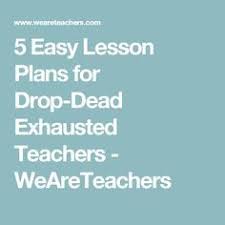Introduction:
Ah, Thanksgiving break – a much-needed respite for educators around the country. You’ve made it through parent-teacher conferences, grading midterms, and preparing lesson plans. Now you’re ready to celebrate Thanksgiving with family and friends, but how should you make the most of your time off? Take our quiz below to find out!
Question 1: What is your favorite part about the holidays?
a) Spending quality time with family and friends
b) Relaxing at home alone
c) Taking a trip to somewhere new
d) Catching up on personal projects and goals
Question 2: How do you prefer to unwind after a long day at school?
a) Watching TV or movies with loved ones
b) Reading or listening to music
c) Going for a walk or hike outdoors
d) Working on a personal hobby
Question 3: Which type of dish are you most excited about at the Thanksgiving table?
a) Classic turkey, gravy, and cranberry sauce
b) A delicious homemade dessert
c) Creative vegetarian dishes or side items
d) All of the above, as long as I don’t have to cook!
Question 4: How do you usually spend Black Friday?
a) Getting up early to hit the best sales
b) Ignoring it altogether and just relaxing at home
c) Participating in Small Business Saturday or Cyber Monday instead
d) Volunteering or giving back to those less fortunate
Question 5: Which type of movie or TV show is your guilty pleasure holiday viewing?
a) Classic holiday films like “It’s A Wonderful Life” or “A Charlie Brown Thanksgiving”
b) Cheesy Hallmark or Lifetime holiday movies
c) Action-packed blockbusters like the Marvel or Harry Potter series
d) Binging a popular TV show that seems never-ending
Results:
If you mostly answered A: Family Fun Festivities
Make the most of your Thanksgiving break by spending quality time with family and friends. Engage in group activities like board games, movie nights, cooking meals together, and family walks. Cherish these precious moments, creating memories that will last a lifetime.
If you mostly answered B: Peaceful Personal Retreat
Give yourself permission to relax and rejuvenate after the busy school term. Spend time curled up with a good book, listening to your favorite music, or taking long bubble baths. Cherish this quiet break and recharge your batteries.
If you mostly answered C: Thrilling Travel Adventure
Use your free time this Thanksgiving to discover a new destination! Whether it’s a weekend away at a cozy bed-and-breakfast or exploring a nearby national park, a getaway from daily routine will have you feeling refreshed and motivated for the school year ahead.
If you mostly answered D: Productive Passion Projects
Take advantage of the extra time during Thanksgiving break to get ahead on personal projects and tasks you’ve been putting off. This may include renovating your home or classroom, working on a creative hobby, starting an exercise regime, or finishing that professional development course.
Whatever your Thanksgiving break plans may be, remember that it’s essential to give yourself space to unwind and recharge. You deserve it!











